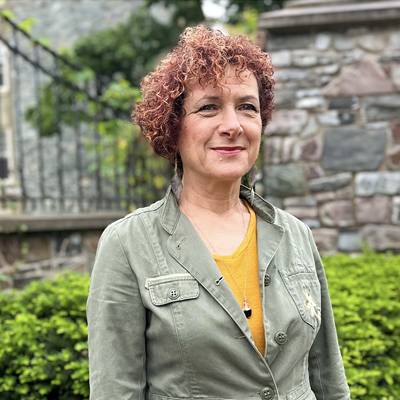New students flock to the East Coast every September with shiny shoes and rosy outlooks—and then congregate every February with blue placards and empty pockets to demand tuition reductions.
Despite increased corporate sponsorship in universities, tuition fees have continued to climb, and student debt is up 126 percent from 10 years ago. Tuition fees are a significant portion of universities' revenue—more than corporate sponsorship—but there are no auditoriums, libraries or sports teams named after the student body.
Chris Arsenault, a local writer and Dalhousie student, recently wrote a research report called A New Paradigm for Paying the Piper: Control, Access and Commercialization at Halifax Universities, published by the Nova Scotia Public Interest Research Group.
"What bothers me the most about corporate presence right now is that companies are getting so much recognition for doing very little," says Arsenault. "Looking at student under-representation on boards of governors, the slogan "no taxation without representation' comes to mind."
Although students invest substantially in universities through tuition and ancillary fees, they have a disproportionately small representation on their boards of governors, the highest decision-making bodies. At SMU, for example, student revenues comprise 56 percent of total revenues, but students occupy only four of the 32 board seats—a measly 11 percent.
The report strikes a chord with Larry Haiven, a management professor at Saint Mary's University. Haiven is appalled by the fact that there are no union members on the SMU board. "I don't think there is any representation from labour on any of the university boards in Nova Scotia," he says.
In his analysis of the Dalhousie board of governors, Arsenault directly addresses the lack of gender and racial diversity. Jim Cowan, the chair of the Dalhousie Board, says the board is more gender balanced than a few years ago and that there have been visible minorities on the board. "We're certainly not saying it has to be 50/50 men and women or anything like that. It's more important to get the right people. We're running a university. It's a big business," says Cowan. Currently, there are no visible minorities on the board, and two thirds of the members are men.
Furthermore, Cowan sees no problem with corporations funding public institutions. "We are very fortunate that we have a lot of corporations and individuals that supply money to Dalhousie. Some say we shouldn't take money from corporations because it dictates the results of research and that may happen elsewhere, but not at Dalhousie."
Arsenault is still wary. Although he didn't discover any malicious unions between Halifax institutions and sponsor corporations, he does provide case studies of unethical research partnerships elsewhere and suggests there is often more than meets the eye.
"The biggest threat at this moment is secrecy," he says. "At Dal, we don't know which professors are working in the private sector or what companies they are working for. Universities have to be open and accountable, but corporations are demanding secrecy."
Kaley Kennedy, Nova Scotia representative for the Canadian Federations of Students, also balks at the increasing privatization of public institutions. "At the same time as board members sit on university boards, they also sit on other boards. The president of SMU sits on the Atlantic Institute for Market Studies board, for example. The fact that these people who are supposed to be working for public institutions also sit on boards that promote privatization is an indication of the assault post-secondary education is under right now."
Launch of Access, Control and Commercialization of the University, Thursday, September 20, 2pm 224, Dalhousie Student Union Building, 6136 University. Visit nspirg.org for info.











